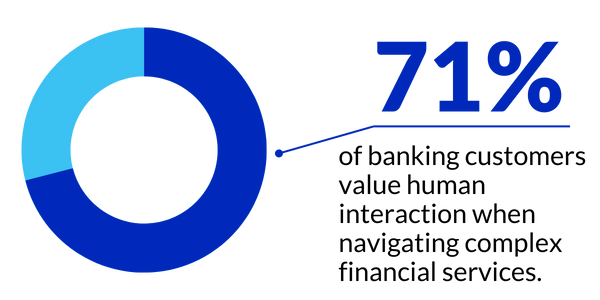In his recent article, “CFPB Will Rewrite Small-Business Lending Rule”, Ebrima Sanneh of American Banker sheds light on the uncertain future of the proposed small business lending rule by the Consumer Financial Protection Bureau (CFPB). The article also discussed the growing likelihood that state governments will take the reins as federal enforcement wanes. This shift is more than just a bureaucratic handoff. It signals a critical moment for commercial lenders, especially those operating across multiple state lines.
At GoDocs, we work with lenders of all types – banks, credit unions, private lenders, etc. – that are having to navigate this regulatory uncertainty in real time. While the CFPB’s decision to temporarily halt enforcement of its 1071 small business lending data collection rule may offer short-term relief, it raises deeper concerns for the future as state governments feel the need to step in to fill the gaps left by the federal government’s inaction. The landscape is shifting beneath lenders’ feet, and what emerges could have unintended consequences not only for institutions, but also for the communities they serve.
A Fragmented Landscape Breeds Uncertainty
For national or regional lenders, the suspension of federal enforcement doesn’t equal clarity, it equals potential complexity and even chaos. Without a single governing rulebook, lenders must now prepare for divergent state-level rules, which can vary dramatically in scope, implementation timelines, and enforcement mechanisms.
We’ve seen this movie before. Over the last 20 years, when federal regulators delay or scale back protection initiatives, states often fill the void with legislation that is well-intentioned but inconsistently drafted, implemented and enforced. In many cases, these laws are reactive, rushed, or are drafted without a deep understanding that such well-intentioned consumer protections often have significant, deleterious effects on commercial business practices. The result is a compliance nightmare for commercial lenders as they are forced to navigate through a minefield of overlapping or conflicting state requirements that are expensive to track and operationalize, especially when they change year to year.
The Real Risk: Pullback from Lending Markets
When state law compliance becomes overly burdensome, lenders often retreat from these markets. This isn’t theoretical, it’s already happening. We’re hearing from clients who are reducing their exposure in certain states simply because it’s too risky to remain active in jurisdictions with fast-changing or ambiguous regulations.
The fallout? Small businesses lose access to capital for business growth that benefits members of the affected communities. Local economies suffer from reduced investment, and, underserved communities often find themselves with fewer financing options and higher barriers to entry to capital sources.
It’s a phenomenon we refer to as regulatory overreach into commercial activity. Many of these state-level laws aim to protect consumers, but because they are often broadly written, they end up chilling commercial lending as well. When states extend consumer-style protections into business-to-business transactions, where transparency and risk are already managed through negotiated terms, the results often are counterproductive.
Planning for the Unknown
Right now, lenders are caught in a holding pattern. The CFPB has signaled its intent to rewrite the 1071 rule, but it’s unclear what form that will take—or how states will respond in the meantime. From a technical and staffing perspective, lenders are struggling to plan for compliance investments that may ultimately need to be reworked or replaced once a new federal rule is finalized.
This environment is fertile ground for confusion, inefficiency, and increased risk. Unless coordinated guidance emerges, it’s likely that more lenders will choose to exit or scale back operations in high-risk regulatory environments.
What’s Needed Now
As someone who’s worked at the intersection of law, lending, and technology for more than two decades, I believe we need a more harmonized approach to commercial lending regulation. We need an approach that balances transparency with workability. Without this balance, we risk creating a two-tier system where only the largest institutions can afford to comply, while community-focused lenders pull back, and small businesses are left behind.
At GoDocs, we’re helping lenders stay agile by embedding regulatory flexibility directly into their loan documentation workflows. But no amount of technology can fix a broken policy approach. This moment demands leadership, both from federal legislators and regulators and from state legislators willing to take a more thoughtful, coordinated path forward that includes input from more business leaders.
Undoubtedly, when regulation becomes a barrier to the flow of capital, we all lose.
We use these insights to benchmark commercial lending trends and deliver more relevant resources. See how we protect your data in our Privacy Policy.
Head of Business Strategies & Partnerships








